Razer Unveils New Blade Stealth 13: Quad-Core Whiskey Lake, dGPU, 4K UHD
by Anton Shilov on December 4, 2018 2:30 PM EST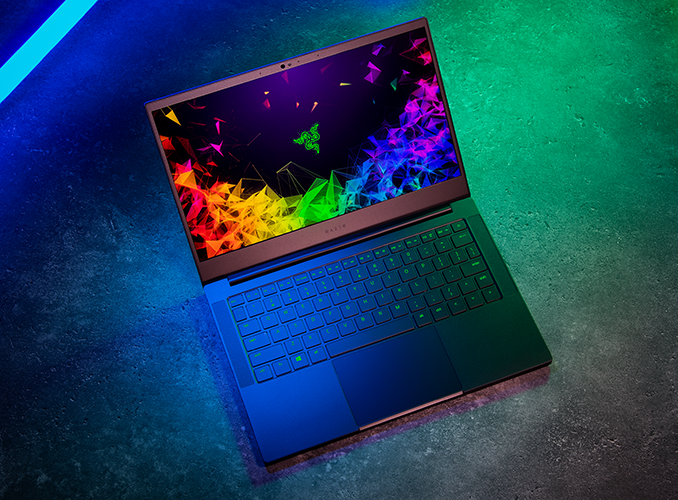
Razer on Tuesday introduced its all-new Razer Blade Stealth 13 laptop that became a bit more compact than its predecessors, yet gained a higher resolution display, a discrete GPU support, and potentially a longer battery life.
Razer’s ultra-thin Blade Stealth 13 laptops are based on Intel’s quad-core Core i7-8565U processor paired with 8 or 16 GB of LPDDR3 memory as well as a 256 GB or 512 GB M.2 SSD (see exact specs in the table below). Being loyal to its customers among gamers, Razer now equips premium versions of its Blade Stealth 13 notebooks with NVIDIA’s GeForce MX150 discrete GPU outfitted with 4 GB of GDDR5 memory and operating at up to 25 W. While not matching the prowess of some of their larger gaming laptops, the new dGPU will provide a healthy bump over the integrated Intel graphics processor. Furthermore, those who would like to get higher FPS can always attach an external graphics solution using the system’s Thunderbolt 3 port.
Starting from its late 2018 ultrabook lineup, Razer will no longer offer a 4K 12.5-inch model, but will unify dimensions and display sizes of its ultra-portables. That was a large bezel relic of their original design. From now on, the Blade Stealth will be available with a 13.3-inch monitor featuring a 1920×1080 or 3840×2160 resolution. It is noteworthy that the LCDs will cover 100% of the sRGB and AdobeRGB color gamut and will come factory-calibrated, something that will please graphics professionals.
Just like its predecessors, the new Razer Blade Stealth 13 comes in a CNC-machined 6000-series aluminum chassis that now features thinner display bezels, which enabled the manufacturer to reduce width of the product by 16.4 mm. At the same time, the company had to increase its thickness by one millimeter and its depth by four millimeters, possibly in a bid to integrate a new and more sophisticated cooling solution to for the CPU (15 W) and the GPU (25 W) to avoid thermal throttling.
Apart from the new cooling system, Razer says it extensively uses its Synapse 3 software to boost battery life and ensure quiet operation. In fact, the company claims that the base model of the Razer Blade Stealth 13 can now work for up to 13 hours on one charge, up from 10 hours supported by the previous-gen model, despite having a similar battery capacity.
Moving on to connectivity of the new Razer Blade Stealth 13. The latest laptop is equipped with Intel’s Wireless-AC 9560 802.11ac Wi-Fi + Bluetooth 5.0 solution that supports 1.73 Gbps throughput over 160 MHz channels, a clear improvement when compared to the predecessor. On the wired side of things, the notebook has a Thunderbolt 3 connector (controlled by Intel’s Alpine Ridge chip), two USB 3.0 Type-A ports, and one USB 3.1 Gen 2 Type-C port.
As for other I/O, the notebook has a RGB-backlit Razer Chroma keyboard, a large trackpad, a 720p webcam with IR sensors for Windows Hello, four stereo speakers with Dolby Atmos support, a TRRS audio connector, and so on.
| Razer Blade Stealth Laptops: Fall 2018 vs Fall 2017 models | |||||||
| 13.3"/FHD Base |
13.3"/FHD Graphics |
13.3"/UHD Graphics 4K |
13.3"/QHD+ Quad-Core 2017 |
13.3"/QHD+ Dual-Core 2017 |
|||
| Display | Diagonal | 13.3" | |||||
| Resolution | 1920×1080 | 1920×1080 | 3840×2160 | 3200×1800 | |||
| Brightness | 400+ cd/m² | 400 cd/m² | |||||
| Color Gamut | 100% sRGB 100% AdobeRGB |
? | |||||
| CPU | Core i7-8565U 4C/8T 1.8 - 4.6 GHz 8 MB LLC 15 W |
Core i7-8550U 4C/8T 1.8 GHz/4 GHz 8 MB LLC 15 W |
Core i7-7500U 2C/4T 2.7 GHz/3.5 GHz 4 MB LLC 15 W |
||||
| Graphics | Intel UHD Graphics 620 | NVIDIA GeForce MX150 (25 W) with 4 GB | Intel UHD Graphics 620 | ||||
| RAM | Capacity | 8 GB | 16 GB | ||||
| Type | LPDDR3-2133 | LPDDR3-1866 | |||||
| Storage | 256 GB M.2 SATA SSD | 256 GB M.2 PCIe SSD | 512 GB M.2 PCIe SSD | 512 GB SSD | 256 GB SSD | ||
| Wi-Fi | Intel Wireless-AC 9560 (IEEE 802.11ac) | Killer 802.11ac Wi-Fi module | |||||
| Bluetooth | 5.0 | 4.1 | |||||
| USB | 2 × USB 3.1 Gen 1 Type-A 2 × USB 3.1 Gen 2 Type-C (one via TB3) |
2 × USB Type-A | |||||
| Thunderbolt | 1 × Thunderbolt 3 port (USB Type-C) | ||||||
| Other I/O | 720p webcam with IR for Windows Hello, TRRS connector for audio, four speakers with Dolby Atmos, microphone | HDMI 2.0a, 720p webcam, TRRS connector for audio, two speakers, microphone | |||||
| Dimensions | Height | 14.8 mm/0.58" | 13.8 mm/0.54" | 13.1 mm/0.52" | |||
| Width | 304.6 mm/11.99" | 321 mm/12.6" | |||||
| Depth | 210 mm/8.27" | 206 mm/8.1" | |||||
| Weight | 1.28 kg 2.82 lbs |
1.31 kg 2.89 lbs |
1.38 kg 3.04 lbs |
1.35 kg 2.98 lbs |
1.33 kg 2.93 lbs |
||
| Battery Life | Capacity | 53.1 Wh | 53.6 Wh | ||||
| Life | 13 hours | ? | ? | 10 hours | |||
| Launch Price | $1,399 | $1,599 | $1,899 | $1699 | $1399 | ||
Razer’s new Blade Stealth 13 notebooks will be available immediately from the company and select retailers in Canada and the US for $1,399 - $1,899 depending on the SKU. Later this year the machines will be available on other markets, including Australia, European Union, China, Japan, Singapore, Taiwan, and so on.
Related Reading:
- Razer’s Blade Stealth 13.3” Laptop Updated With Quad-Core Intel Core i7-8550U CPU
- Razer Updates The Razer Blade Stealth: More Screen, Less Bezel, New Color Option
- Razer Updates The Razer Blade And Razer Blade Stealth At PAX
- Razer Launches Core v2 TB3 eGFX Enclosure: Dual TB3 Controllers
Source: Razer


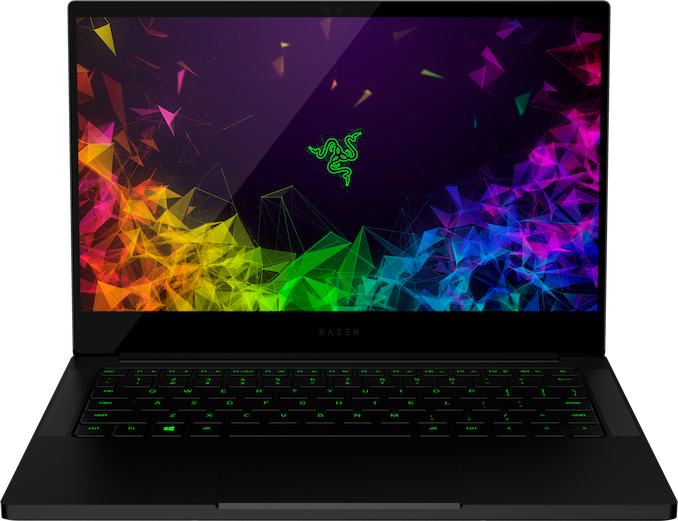
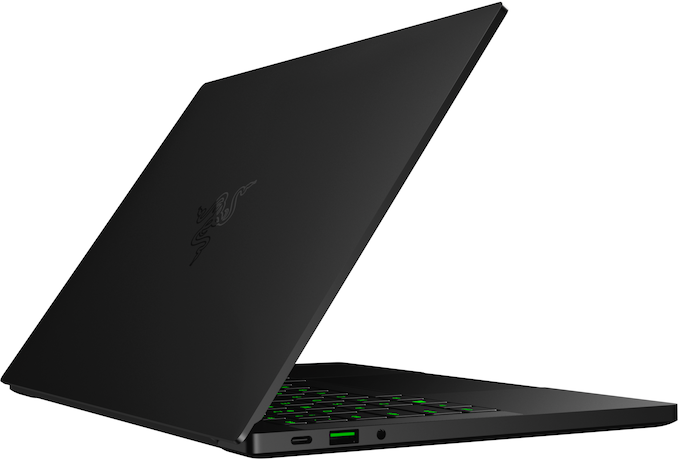
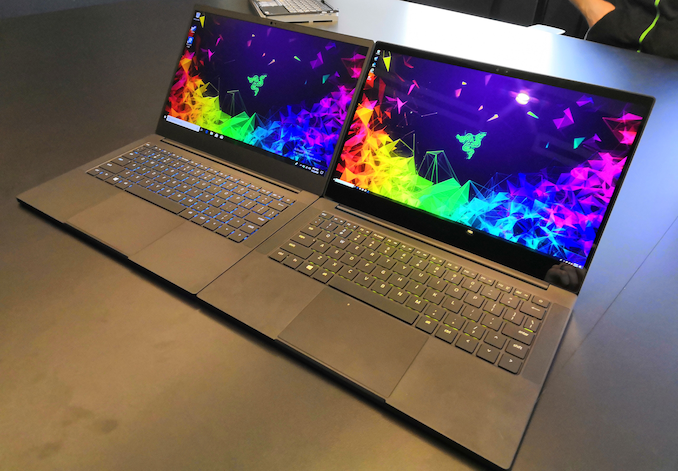
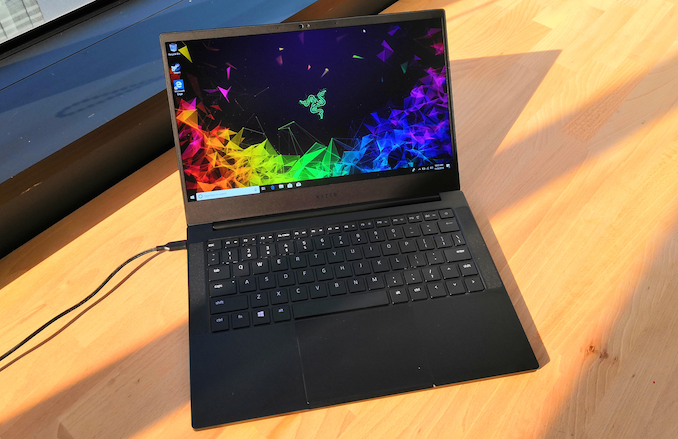

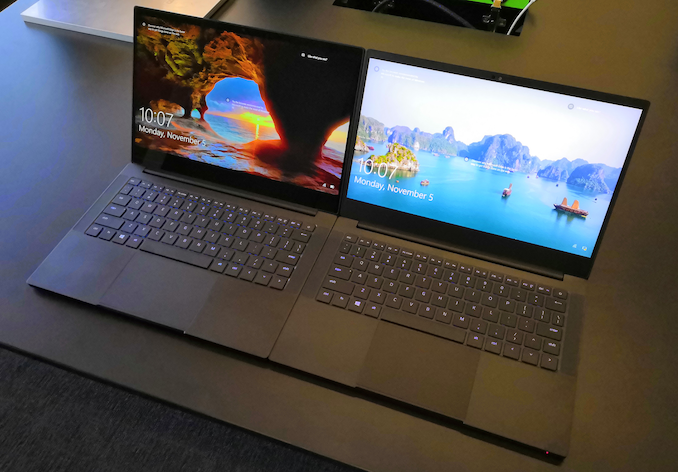








27 Comments
View All Comments
Flunk - Tuesday, December 4, 2018 - link
It's a shame they went with the MX150 instead of a full-fat H-series processor. The MX150 isn't much better than the iGPU and putting those watts towards the CPU would have yielded better results when attached to an external GPU (which is how the Stealth is being positioned). I would say the lowest spec is the most compelling but it's hamstrung by 8GB of RAM that is likely soldered (although I could be wrong).cbpenn18 - Tuesday, December 4, 2018 - link
On the spec page the RAM does show to be "fixed" for all variants. Thankfully, the SSDs look to be upgradeable.DabuXian - Tuesday, December 4, 2018 - link
MX150 is about 3 times faster than the Intel's 620 iGPU. Wouldn't say it "isn't much better".Morawka - Tuesday, December 4, 2018 - link
3x faster than last years turtle graphics.... yay!Spunjji - Wednesday, December 5, 2018 - link
Speaking from experience, you can play a whoooole bunch of games in 1080p at moderate-to-high details with graphics of that calibre. It will run literally anything out there, So yeah, it's useful!aeronatis - Wednesday, December 5, 2018 - link
Aside from the GPU power, having dedicated video RAM is beneficial in many scenarios. You can make use of that 4 GB VRAM and, thus, you won't have to share the system memory for the iGPU.Valantar - Wednesday, December 5, 2018 - link
I'd be willing to bet that >95% of all Blade Stealth buyers use them standalone and don't own an eGPU - they're simply too expensive. As such, getting a GPU into an ultrabook is the right thing to prioritize, as it underscores Razer's gaming heritage and fills a void in the laptop market. Sure, H-series thin-and-light would also have filled a void, but one that would be largely useless outside of quite specific niches.Fluffywings - Wednesday, December 5, 2018 - link
@valantar Agreed. The Stealth is going for light and portable and they achieved that with one of the highest specs available in that volume.Flunk - Saturday, December 8, 2018 - link
Even in that case, having a more powerful processor beats having a GPU that is so anemic as to be functionally worthless. In fact, if you're talking about non-gaming uses (which is far from "quite specific niches.") it makes much more sense.cbpenn18 - Tuesday, December 4, 2018 - link
Any way to find out if which part this MX150 is, GP108 or GP108M?For reference: https://www.anandtech.com/show/12565/nvidia-silent...
I would assume that Razer put the GP108 in it. Then again, I also assumed Razer would have put a dGPU in the Stealth before now seeing as how a machine without one didn't make much sense in their lineup.